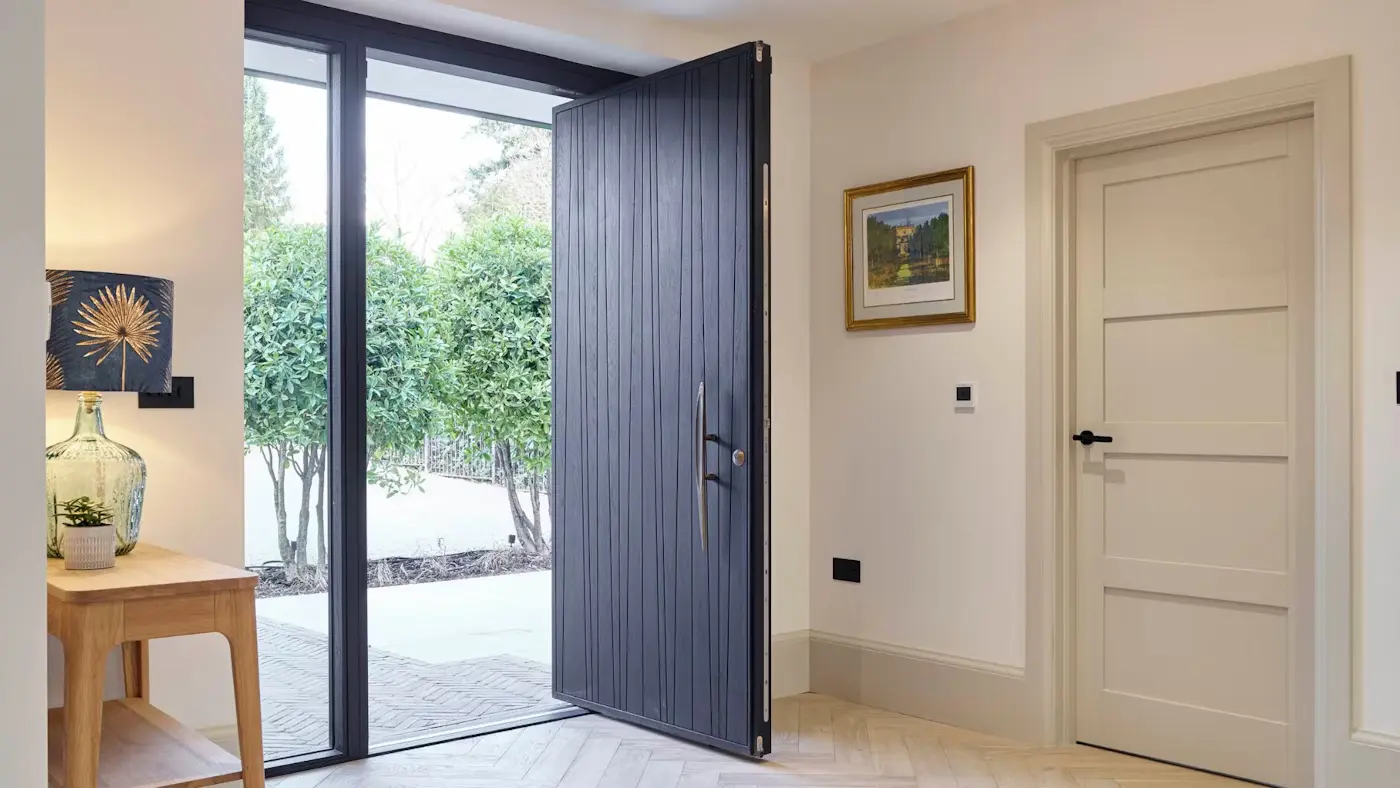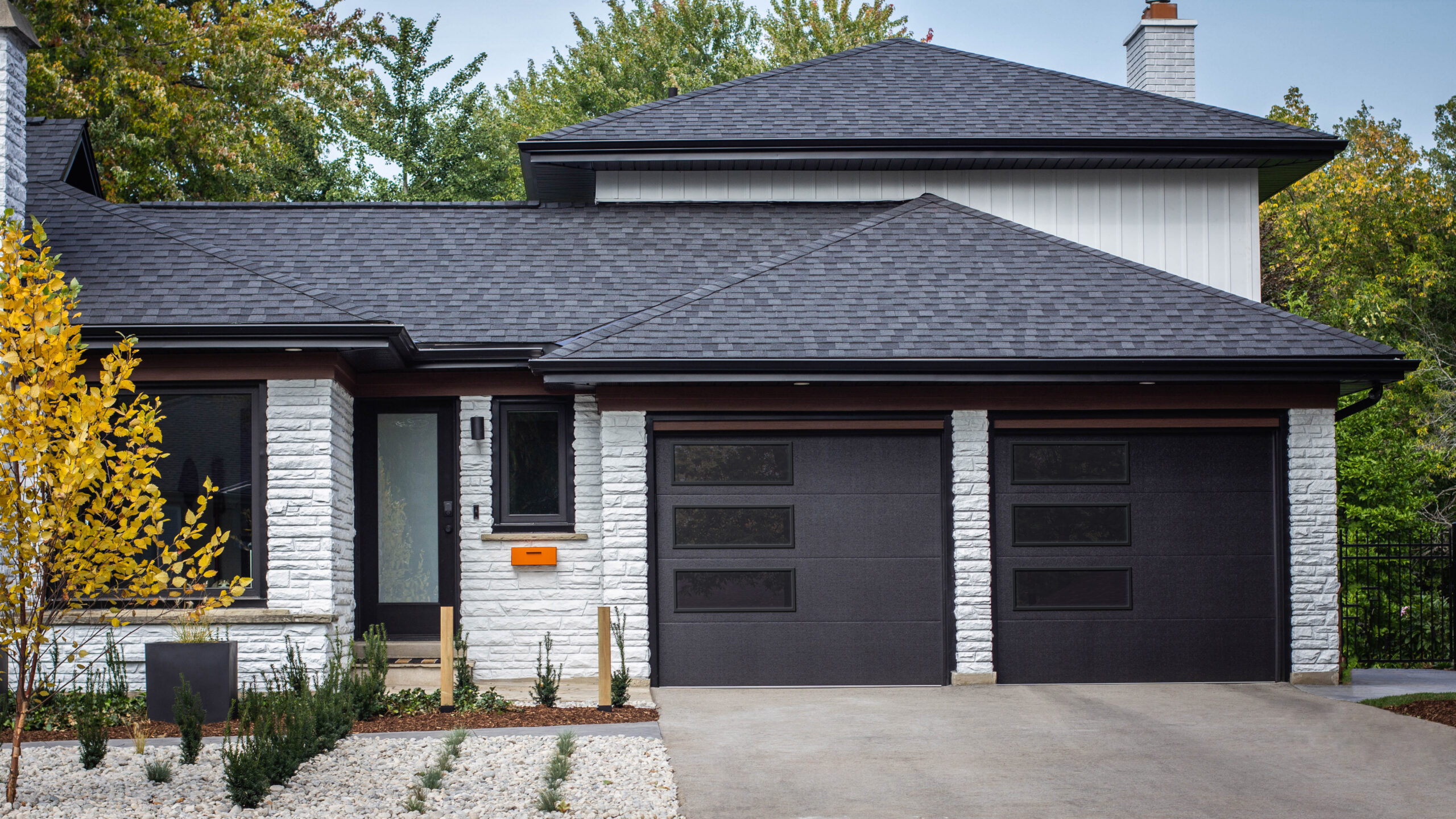What is a flush door?
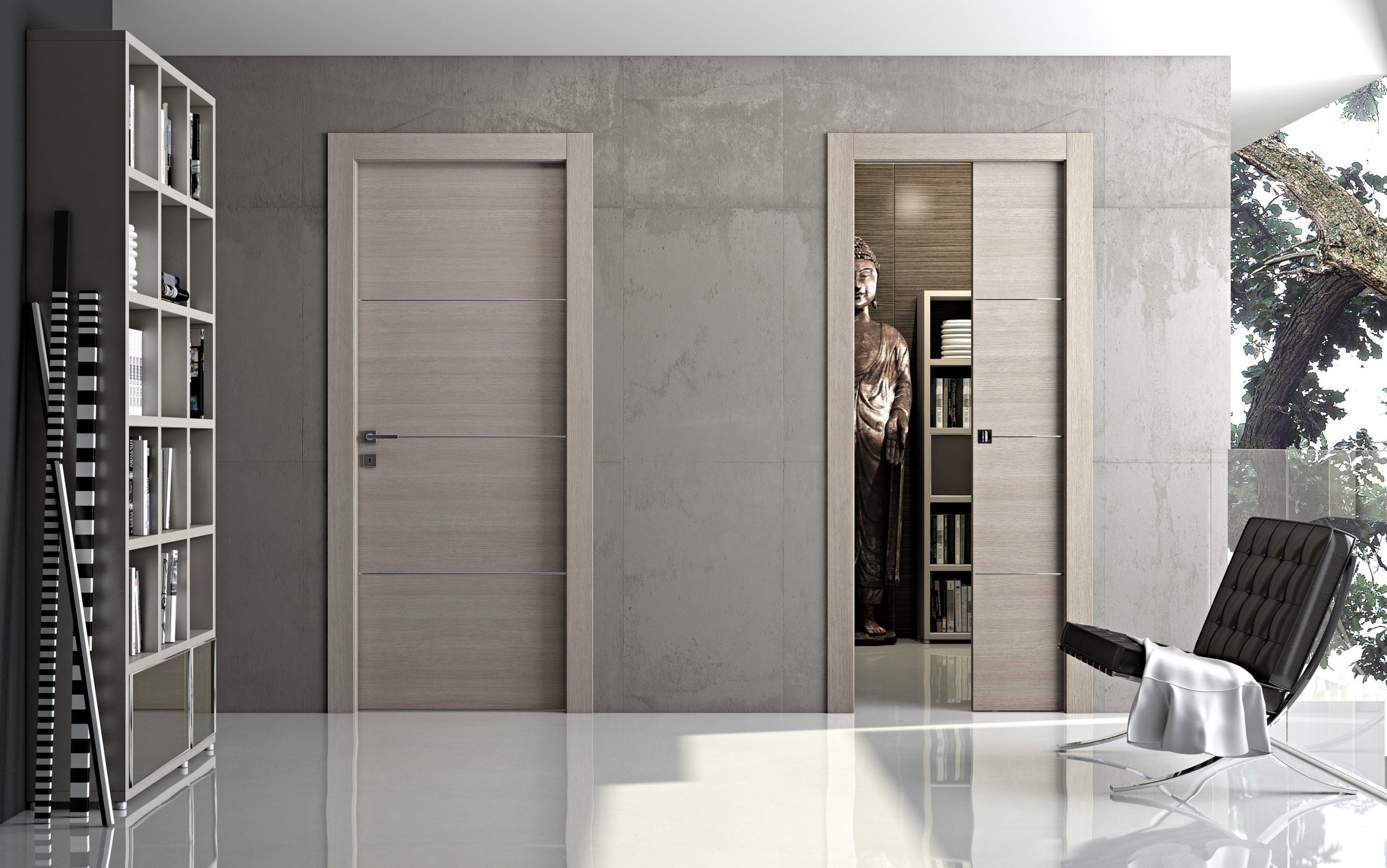
Introduction to Flush Door
Flush doors have become a staple in both modern homes and commercial spaces. Their sleek and minimalist design offers a clean, sophisticated look that suits various interior styles. But what exactly is a flush door, and why are they so popular today? Let’s dive into the basics.
What is a Flush Door?
A flush door is a type of door that features a smooth, flat surface without any raised panels or intricate designs. This simple and uniform appearance makes it a favorite choice for those who prefer a contemporary, streamlined look. Typically, a flush door consists of a solid core (like wood, MDF, or honeycomb material) covered with a smooth layer of wood veneer or laminate.
Unlike traditional panel doors with distinct sections and designs, flush doors are sleek and uniform from top to bottom. This minimalism is part of what makes them so desirable in modern interiors. These doors are available in various materials, such as wood, metal, and composite, allowing homeowners to choose based on style and functionality.
Why Are Flush Doors Popular in Modern Homes?
Flush doors have recently gained significant popularity, especially in contemporary home designs. Here are a few important reasons:
1. Clean, Contemporary Look:
A flush door’s flat, smooth surface contributes to a modern and uncluttered aesthetic. It blends seamlessly with minimalist and Scandinavian-style homes, where simplicity and function are key. The clean lines can also create a sense of openness, which is particularly appreciated in smaller spaces.
2. Versatility:
Whether designing a traditional or a more contemporary home, flush doors work well in almost any setting. Their neutral, unobtrusive look allows them to complement various color schemes and styles. You can choose from different finishes (e.g., wood veneer, matte, or gloss) to match your room’s decor better.
3. Durability:
One of the reasons people love flush doors is their durability. Made from solid or engineered materials, they’re built to last. Unlike other door types, they don’t have panels that can warp or crack over time. This makes flush doors an excellent long-term investment for homes and businesses.
4. Energy Efficiency:
Flush doors are also known for their excellent insulation properties. Solid cores and tightly sealed edges can provide better soundproofing and temperature control. This means reduced energy costs and a quieter, more comfortable environment in homes.
5. Low Maintenance:
One of the advantages of flat door design is its versatility. While the basic design remains the same, there’s plenty of room for customization. You can choose different finishes, such as gloss, matte, or wood grain, to match the style of your space. You can also add custom hardware, like sleek, modern handles, to further enhance the overall look.
6. Privacy and Security:
Flush doors offer more privacy than traditional doors for both homes and offices. Their solid cores block sound and provide better security. Whether it’s for a bedroom, bathroom, or office space, flush doors help create private, secure environments.
The Basics of a Flush Door
Flush doors are simple, sleek, and incredibly versatile. They have become the go-to choice for many homeowners and businesses. To understand why flush doors are so popular, it’s important to know what makes a door “flush” and its different variations.
What Makes a Door "Flush"?

A flush door is defined by its smooth, flat surface. The term “flush” refers to how the door’s surface is level and even, without any raised panels or elaborate designs. This smooth, uninterrupted appearance is the hallmark of flush doors. The door’s core, made from wood, MDF, or a composite material, is fully covered with a flat sheet of material, such as wood veneer or laminate.
Unlike traditional panel doors with different sections or carved designs, flush doors are minimalist, making them ideal for modern interiors. Their clean lines create a smooth, uniform appearance, whether closed or open. This makes them a popular choice for people looking for a contemporary look and feel in their homes or businesses.
What sets flush doors apart from other types is their flat surface and ability to blend seamlessly into various settings. Whether you need a door for your bedroom, office, or living room, a flush door adapts to almost any style and design. This is why flush doors are increasingly favored for their timeless simplicity and elegance.
Different Types of Flush Doors (Single & Double, Panel & Non-Panel)
Flush doors come in various options to suit different needs and tastes. The two most common distinctions are between single and double flush doors and panel and non-panel designs. Let’s take a closer look at these variations.
1. Single Flush Doors
A single flush door is the most common type you’ll encounter. It comprises one solid or hollow core covered with a smooth sheet material. These doors are perfect for standard doorways, such as those in bedrooms, bathrooms, and hallways. Their straightforward design allows them to fit into any traditional or modern space.
Single flush doors are also available in various finishes, including wood veneer, laminate, or painted surfaces. This variety makes it easy to find a style that suits your interior design preferences. Whether looking for a natural wood look or a more contemporary matte finish, a single flush door can be customized to meet your needs.
2. Double Flush Doors
For wider entryways or for more dramatic spaces, double flush doors are a great option. These doors consist of two flush panels that swing open from the center. Double flush doors are often used for larger dining areas, living rooms, or home entry doors. Their expansive design offers a grand entrance, offering functionality and style.
These doors are also available in various materials, making them versatile for different architectural styles. Double flush doors can be made from wood, MDF, or metal, depending on your security and aesthetic preferences. They offer the same sleek, uniform look as single flush doors, but with the added benefit of opening up a larger area.
3. Panel Flush Doors
While traditional flush doors are typically flat and smooth, panel flush doors combine the minimalist look of a flush door with the subtle detail of panels. Panel flush doors have sections or raised panels, but these panels maintain a smooth, flat surface compared to the more pronounced panel doors.
This type of door is perfect for people who want the simplicity of a flush door but prefer a bit of texture or dimension. Panel flush doors balance modern simplicity and a touch of traditional design. They are often used in residential and commercial spaces, especially where a slight decorative touch is desired without overwhelming the space with too much detail.
4. Non-Panel Flush Doors
Non-panel flush doors are the epitome of minimalism. They feature a completely flat surface without any panels or design elements. Modern homes, offices, or commercial spaces often use these doors that prioritize simplicity and clean lines.
Non-panel flush doors are often chosen for their contemporary aesthetic, as their simple design allows them to blend into any environment. They are perfect for creating a cohesive, modern look and are favored in spaces where functionality and efficiency are more critical than decorative detail.
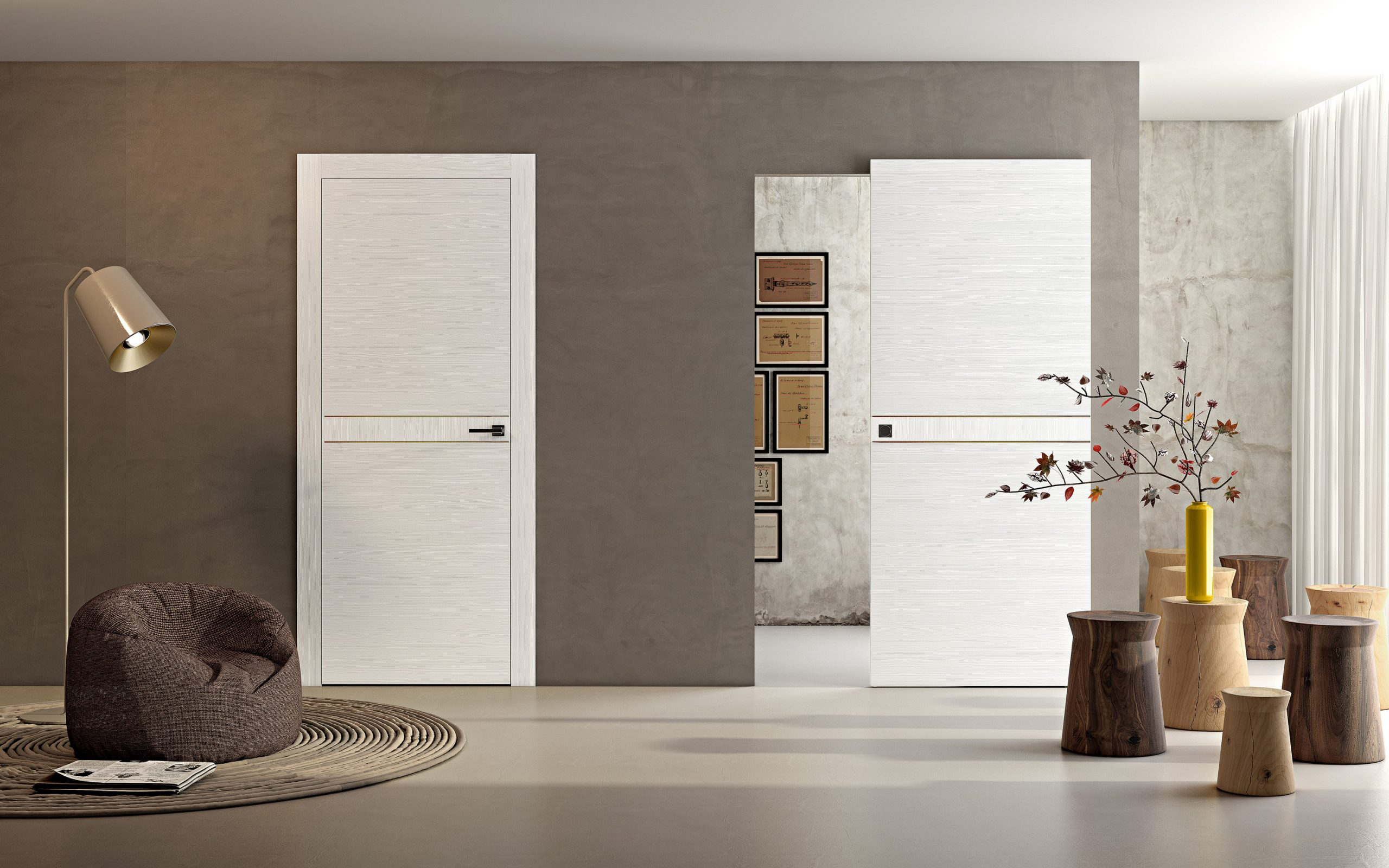
Materials Used in Flush Door
When it comes to flush doors, the material used plays a big role in their functionality, durability, and overall aesthetic. Different materials offer different benefits, so choosing the right one for your home or office is key. Let’s look at three of the most popular materials used for flush doors: wood, MDF, and metal.
Wood Flush Door
Wooden flush doors are a classic choice for many homeowners. They exude warmth and natural beauty that can complement various interior designs, from traditional to modern. A wood flush door typically features a solid or engineered wood core with a smooth veneer or laminate surface that gives it a sleek, elegant finish.
One of the biggest advantages of wood flush doors is their timeless appeal. Wood adds a sense of richness and sophistication to any room, making it a popular option for residential and commercial spaces. Whether installing it in a bedroom, living room, or office, a wooden flush door creates an inviting atmosphere that other materials can’t quite replicate.
Moreover, wood is a renewable resource, making it eco-friendly for those looking to incorporate sustainable materials into their homes. Wood flush doors also offer excellent sound insulation, keeping rooms quiet and private. However, wooden doors require regular maintenance to prevent warping or fading, especially in high-humidity environments.
Key Benefits of Wood Flush Door:
- Elegant, timeless look.
- Adds warmth and richness to any space.
- Natural insulation properties.
- Eco-friendly and renewable.
MDF Flush Door
Medium-density fiberboard (MDF) flush doors are a cost-effective and durable option for those who want the appearance of wood without the high price tag. MDF is engineered wood made from compressed wood fibers and resin, giving it a smooth, consistent surface perfect for a sleek flush door.
MDF flush doors are an excellent choice for homeowners on a budget. They provide the same sleek, smooth finish as a solid wood door, but at a more affordable price. Because MDF is more stable than solid wood, it’s less likely to warp or shrink due to changes in temperature or humidity. This makes MDF flush doors an excellent option for areas with fluctuating climates or homes where regular door maintenance may not be a priority.
Additionally, MDF or veneer is easy to paint, allowing customization to fit your decor. Whether you prefer a natural wood finish or a solid color, MDF flush doors can be adapted to match your design preferences. While not as durable as metal or solid wood doors, MDF flush doors still provide excellent performance and longevity, especially in lower-traffic areas.
Key Benefits of MDF Flush Door:
- Affordable option without compromising on style.
- Stable and resistant to warping.
- Easy to paint or veneer for customization.
- Ideal for low- to mid-traffic areas.
Metal Flush Door
Suppose security and strength are your top priorities. In that case, metal flush doors are a top choice. Made from materials like steel or aluminum, metal flush doors offer unmatched durability and are built to withstand various conditions. These doors are commonly used in commercial buildings, industrial settings, or any place where security is a concern.
Metal flush doors are incredibly strong and resistant to damage. They are highly durable, making them suitable for high-traffic areas or exterior installations where additional protection is necessary. Whether you need a door for an office building, warehouse, or even a home with heightened security needs, metal flush doors provide peace of mind by offering protection against forced entry.
While they may lack the natural warmth of wood, metal flush doors have a modern, industrial aesthetic that works well in contemporary spaces. These doors are also weather-resistant, making them ideal for outdoor use or in areas exposed to moisture. Additionally, metal doors offer superior fire resistance compared to wood and MDF doors, making them an excellent choice for safety-conscious homeowners and businesses.
Key Benefits of Metal Flush Door:
- Superior security and strength.
- High durability, ideal for high-traffic areas.
- Fire-resistant and weather-resistant.
- Modern, industrial look that suits contemporary spaces.
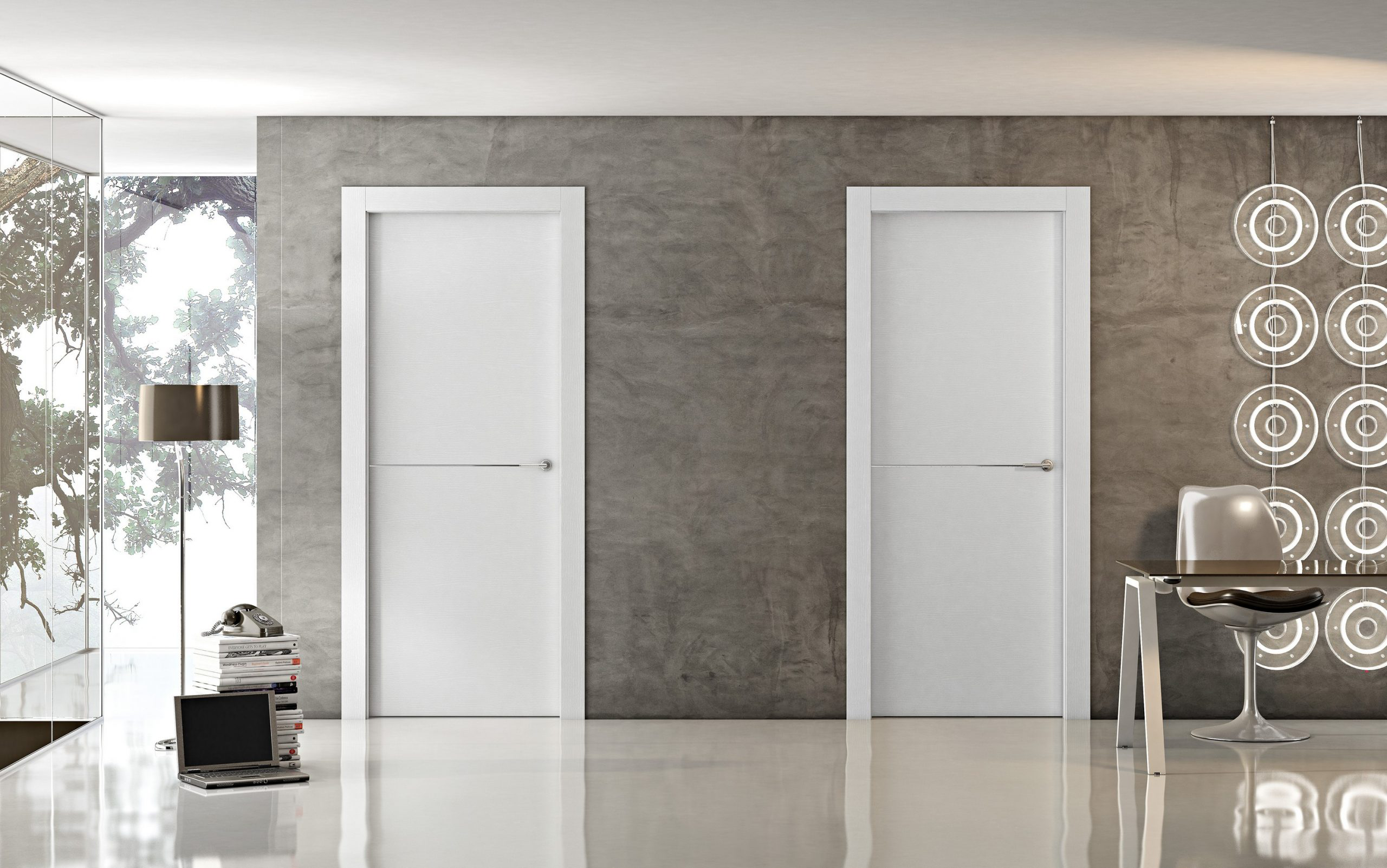
The Benefits of Choosing a Flush Door
Flush doors are popular for residential and commercial spaces due to their many advantages. A flush door can offer everything if you want style, energy efficiency, or durability. Let’s explore the key benefits that make these doors a top choice for many.
Sleek Appearance and Clean Lines
One of the most noticeable benefits of flush doors is their sleek, minimalist design. The flat, smooth surface of a flush door creates a clean and uniform look that adds to the overall aesthetics of any room. With no raised panels or intricate details, these doors have a simple yet elegant appeal, making them a perfect match for modern homes or offices that prioritize clean lines and open spaces.
A flush door’s smooth, uninterrupted surface allows it to blend seamlessly into any environment. The flush door works well with various interior design styles, whether aiming for a contemporary, Scandinavian, or even industrial look. This simplicity is one of the reasons they are so popular in modern architecture, where less is more, and minimalism is key.
Furthermore, a flush door can create a sense of spaciousness. Since it doesn’t have intricate designs or carvings, it allows the surrounding space to feel open and airy. Whether installing a door in a hallway or a living room, this sleek appearance can help make the area feel more expansive and less cluttered.
Energy Efficiency and Insulation Properties
Another significant benefit of flush doors is their energy efficiency and insulation properties. These doors are designed to be tightly sealed, which helps prevent drafts and reduces the amount of outside noise that enters your home or office. Many flush doors come with solid cores that provide better thermal insulation, keeping rooms warmer in the winter and cooler in the summer.
Thanks to their tight seals and dense cores, flush doors are excellent at maintaining consistent indoor temperatures. This can save energy by reducing the need for air conditioning or heating, as your space remains better insulated. It’s a simple way to create a more energy-efficient environment while improving your home’s comfort.
Flush doors are also good at soundproofing. Whether it’s a bedroom, bathroom, or office door, the solid core can block out unwanted noise from adjacent rooms or outdoor areas, providing a more peaceful environment. This added benefit makes flush doors ideal for homes in noisy places or offices where privacy and quiet are essential.
Durability and Low Maintenance
Flush doors are built to last, offering durability and low maintenance compared to other doors. Many flush doors feature solid or engineered cores resistant to warping, cracking, and fading. This makes them an excellent choice for areas with high traffic or homes in climates with fluctuating temperatures and humidity.
A flush door’s smooth, flat surface makes cleaning and maintaining easier. Unlike panel doors, which may collect dust and dirt in their grooves or carvings, flush doors have no crevices. A simple wipe-down is enough to keep them looking clean and fresh. This low-maintenance feature makes flush doors a practical option for busy households or commercial spaces that don’t have the time for constant upkeep.
In terms of longevity, flush doors are a great investment. Whether made from wood, MDF, or metal, they are generally resistant to wear and tear, ensuring they remain functional and attractive for years. With proper care, a flush door can provide lasting performance, making it a cost-effective option in the long run.
Versatility in Interior Design
Flush doors offer excellent versatility in terms of interior design. Their simple, smooth design allows them to blend well with virtually any interior style. Whether decorating a minimalist living room, a sleek office, or a cozy bedroom, a flush door can complement your space effortlessly.
The wide range of finishes available for flush doors, such as wood veneer, laminate, or matte paint, gives homeowners and designers the freedom to choose a door that aligns with their desired aesthetic. You can even customize the color and finish of the door to match the room’s theme or add a personal touch to the space.
Flush doors also work well with traditional and contemporary furniture, allowing you to create a harmonious design that doesn’t clash with other elements in the room. Whether you prefer a natural wood look, a bold painted finish, or a high-gloss veneer, flush doors provide endless possibilities for interior design.
Additionally, flush doors can be used in various spaces, from bedrooms to bathrooms to offices, providing a cohesive look throughout the home or commercial building. This versatility is one of the reasons flush doors are a go-to choice for many design professionals and homeowners alike.
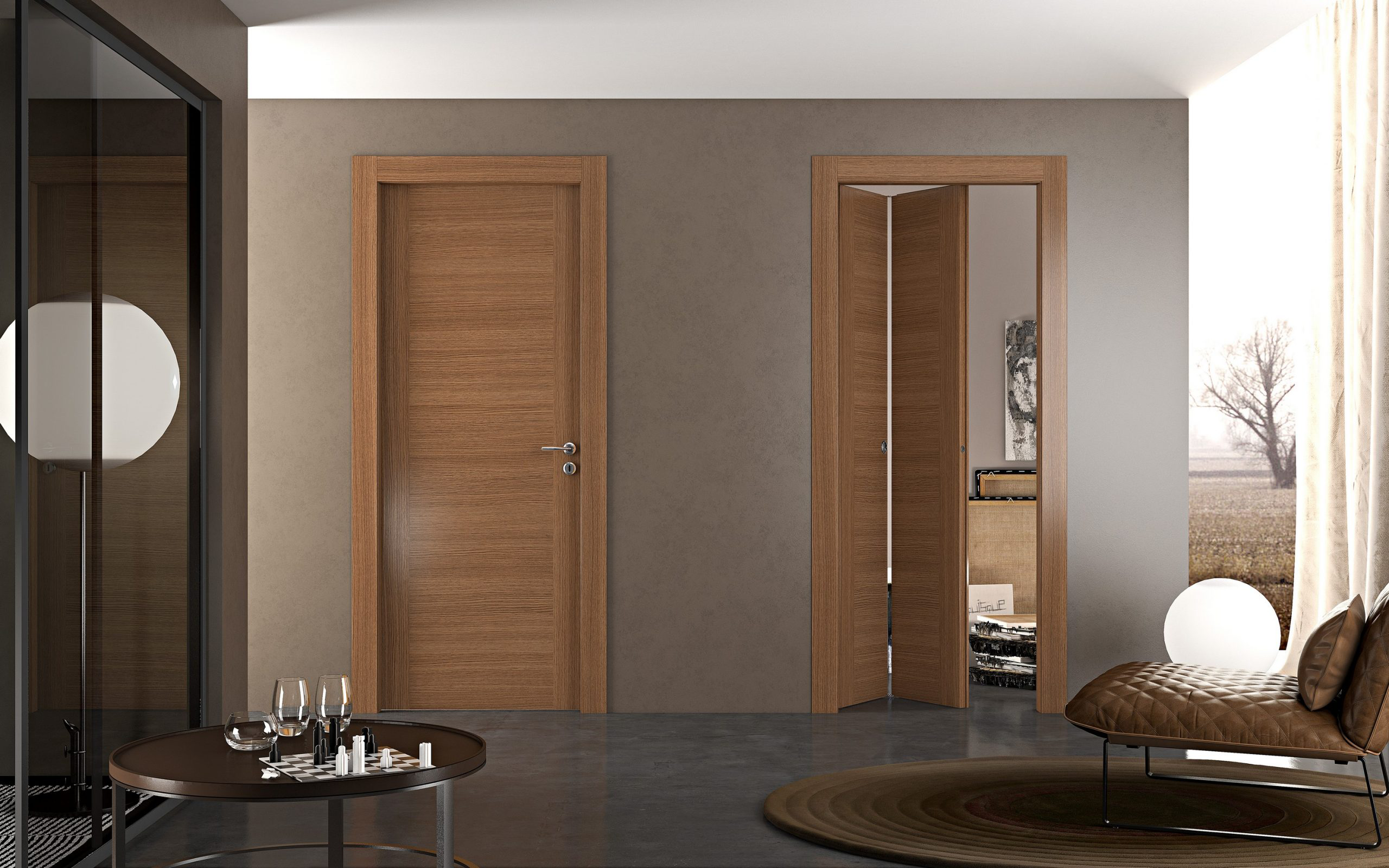
Flush Door vs. Other Door Types
When choosing a door for your home or office, it’s important to understand the differences between flush and other types of doors. Each type offers unique features, and selecting the right one depends on your needs and design preferences. Let’s compare flush doors with other common ones, including panel, solid, and hollow core ones.
Flush Door vs. Panel Doors: What’s the Difference?
One of the main differences between a flush door and a panel door lies in their design. A flush door has a smooth, flat surface with no raised panels, carvings, or intricate detailing. The simplicity of its surface is its defining feature. In contrast, panel doors are designed with multiple sections or panels that are often framed and can feature decorative elements.
Flush Door
Flush doors have a minimalist, modern look, making them popular in contemporary design. Their clean lines and flat surface can easily blend with any decor, from modern to traditional. Flush doors are often preferred in spaces where a sleek and simple design is desired, such as in minimalist homes or offices. Because they lack any raised sections or details, flush doors create a sense of openness and spaciousness.
Panel Doors
Panel doors, on the other hand, have a more classic design. They are made up of several panels (usually 2 to 8) that are framed within the door. These panels can be solid or have glass inserts. Panel doors often have a more traditional or ornate appearance, which can be a great fit for homes with classic or vintage aesthetics. The raised panels give the door more texture and depth, creating a more detailed, intricate look compared to the simplicity of a flush door.
Key Differences:
- Design: Flush doors have a flat, smooth surface, while panel doors have framed sections or panels.
- Aesthetic: Flush doors fit well in modern, minimalist spaces; panel doors are ideal for traditional or vintage interiors.
- Maintenance: Flush doors are easier to clean, while panel doors may require more upkeep due to their detailed sections.
How do Flush Door Compare to Solid Core and Hollow Core Doors?
When looking at flush doors, it’s also essential to understand the difference between solid core and hollow core doors. Both solid and hollow core doors can be used with a flush design, but the construction and benefits vary.
Flush Door with Solid Core
A solid core flush door has a dense, solid material, such as wood or MDF. This type of door offers excellent durability, soundproofing, and security. Solid core flush doors are ideal for areas where privacy and noise reduction are important, such as bedrooms or offices. They also offer better insulation and temperature control, making them an excellent choice for energy efficiency and comfort.
Solid core doors are heavier and more expensive than hollow core doors, but provide enhanced strength and protection. They are also less likely to warp or bend over time than hollow core doors, making them a long-lasting investment.
Flush Door with Hollow Core
Hollow core flush doors, as the name suggests, have a hollow interior usually made of a cardboard honeycomb structure or a thin foam core. These doors are lighter and less expensive than solid core doors, making them an excellent budget-friendly option. Hollow core flush doors are commonly used in residential areas or places where heavy security and soundproofing aren’t a major concern.
While hollow core doors are less durable and may not offer the same soundproofing benefits as solid core doors, they are still suitable for interior rooms and areas that don’t face heavy wear and tear. These doors are often chosen for their lighter weight, lower cost, and ease of installation.
Key Differences:
- Core Type: Solid core flush doors have a dense material inside for durability and strength, while hollow core flush doors have a lightweight, hollow interior.
- Soundproofing: Solid core doors are better at blocking noise, making them a top choice for privacy-sensitive spaces.
- Cost: Hollow core flush doors are more affordable but may not offer the same long-term durability or insulation as solid core doors.
- Weight: Solid core doors are heavier, while hollow core doors are lighter and easier to handle.
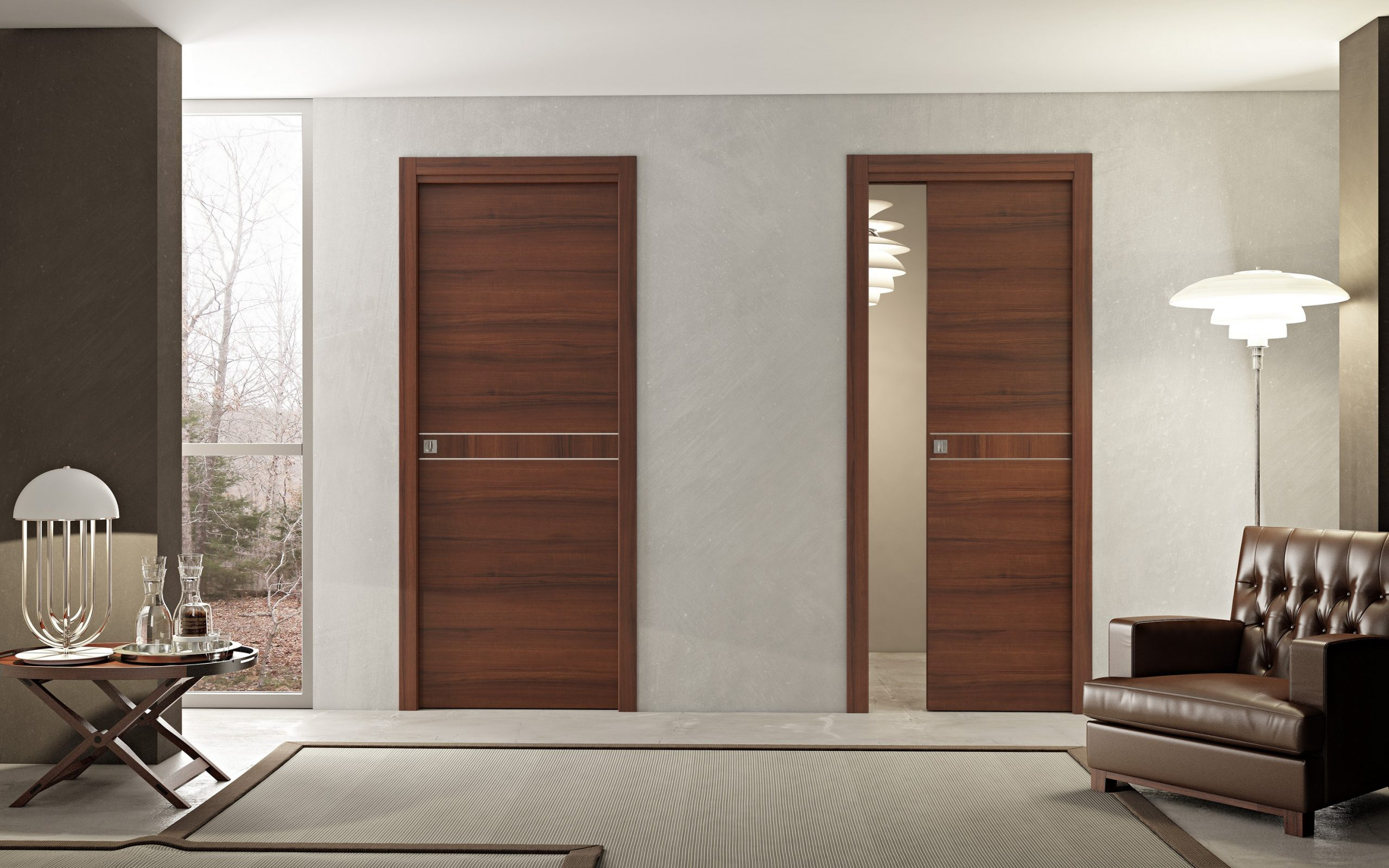
How to Choose the Right Flush Door for Your Home?
Selecting the right flush door for your home is an important decision. Whether you’re renovating a room or building a new home, the right door can make a huge difference in your space’s overall look and feel. Here are some key factors to consider when choosing a flush door, along with tips on how to match it with your home’s aesthetic.
Factors to Consider: Size, Material, and Design
When choosing a flush door, size, material, and design are the first things you should consider. These elements will determine how well the door fits into your home and how it performs over time.
1. Size
Your door size is one of the most important factors in getting it right. You need to measure the height and width of your doorframe before purchasing a flush door. If you have an existing door, it’s best to measure it accurately, ensuring the new door fits perfectly. Remember that flush doors come in standard sizes, but custom doors are available if you need a specific fit for an unusual or non-standard doorframe.
If you’re installing a flush door for a larger entryway or an open space, consider opting for a double flush door. These doors will make a bold statement and offer easy access while maintaining a modern, sleek appearance.
2. Material
The material of your flush door affects both its durability and the overall look of your space. As we discussed earlier, common materials for flush doors include wood, MDF, and metal.
- Wood Flush Doors: If you’re going for a natural look or want to add a touch of warmth to your home, wooden flush doors are a great choice. They offer a classic, timeless appeal that can complement any room.
- MDF Flush Doors: MDF flush doors are a solid option if you’re looking for a more cost-effective solution without sacrificing durability. They can be easily painted or finished in various styles to match your interior.
- Metal Flush Doors: Metal flush doors are ideal for added security or a modern industrial vibe. They’re durable and highly durable, making them an excellent choice for exterior doors or areas requiring more protection.
3. Design
The design of your flush door should also be considered. Flush doors come in different finishes, including wood veneer, laminate, or painted surfaces. The design can range from completely flat and minimalist to slightly textured or panelized.
- If you prefer a clean, modern look, go for a flat, non-panelized flush door. These doors will fit perfectly in minimalist interiors.
- Consider a flush door with subtle panels or a wood veneer finish if you want something more character. This can add warmth and texture without overpowering the space.
Matching Your Flush Door with Your Home’s Aesthetic
Choosing a flush door that complements your home’s aesthetic is key to creating a harmonious design. The door should blend seamlessly with the style and theme of the room while also standing out as an elegant feature.
1. Modern and Minimalist Homes
Flat doors are commonly used in office spaces due to their sleek, professional appearance. In open-plan offices or private offices, flat doors help create a modern, uncluttered environment. They’re particularly useful in spaces where you want to maintain a clean, minimal look without sacrificing privacy. Glass flat doors can even be used in office settings to maintain a feeling of openness while still offering separation between rooms.
2. Traditional and Classic Homes
A wood flush door with a subtle panel design for a more traditional or classic home can offer a timeless look that complements vintage or classic interiors. Choose a door with a rich wood finish, such as oak, mahogany, or walnut, to match traditional furniture and accents. The key is to balance modern simplicity and the warmth that wood brings to a space. A slightly textured or raised-panel flush door can provide the classic detail you want while maintaining a sleek, modern feel.
3. Industrial or Contemporary Homes
A metal flush door works beautifully in industrial or contemporary homes to bring in an edgy, modern vibe. Choose a steel or aluminum door with a matte or polished finish to add an urban, sophisticated touch. If you’re going for a more loft-like, industrial feel, a flush door with exposed hardware (like industrial-style handles) can add character without removing the overall minimalism.
4. Open Floor Plan Homes
The flush door should be chosen for homes with an open floor plan to complement the open, airy space. A neutral-colored flush door with a subtle design is perfect for an open-plan living room or kitchen area. The key here is to choose a door that doesn’t interrupt the flow of the space but still provides function and style. You can also match the flush door to interior features like trim or cabinetry to create a cohesive look.
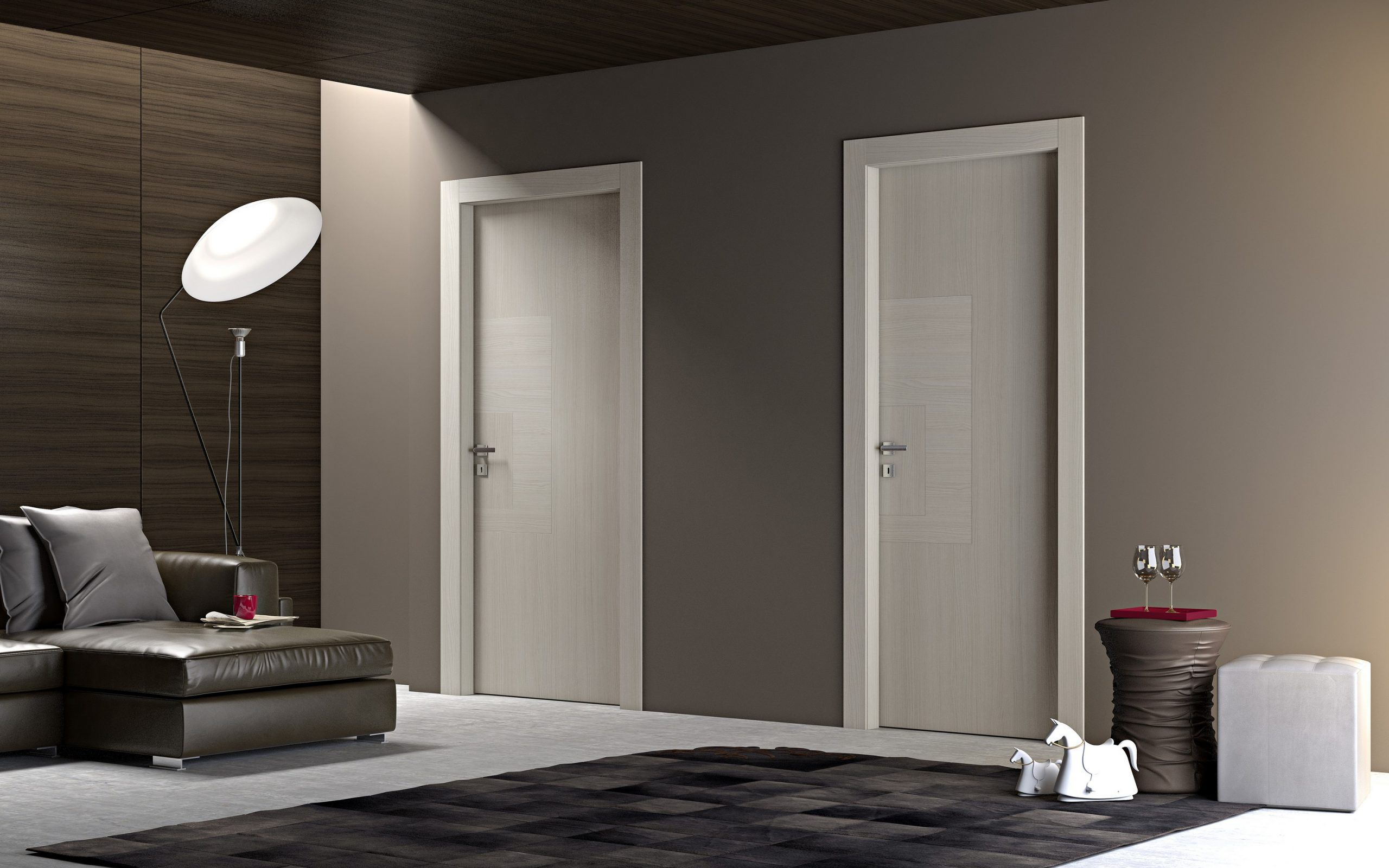
Troubleshooting Common Issues with Flush Door
Flush doors are durable and low-maintenance, but like any other part of your home, they can encounter a few issues over time. From sticking doors to minor scratches or damage, it’s important to know how to address these problems. Here’s a guide to help you fix some of the most common issues with flush doors.
How to Fix a Sticking Flush Door?
A sticking flush door is one of the most common issues, especially if the door is made of wood or MDF. If your flush door is sticking, it could be due to several reasons, such as temperature or humidity changes, or the door being improperly hung. Don’t worry; most of these problems can be easily fixed with a few simple steps.
Step 1: Check the Hinges
First, inspect the hinges to see if they are loose or misaligned. If they are, tighten the screws or realign the door. A misaligned door can cause it to rub against the frame, leading to sticking. If the hinges are in good condition, move on to the next step.
Step 2: Inspect the Door Frame
Next, check the door frame. If the frame has shifted due to settling in the house or changes in the weather, the door may not fit properly. Use a level to check for any signs of misalignment. If the door is rubbing against the frame, you may need to adjust the frame or door slightly to fix the issue.
Step 3: Sand the Edges
You may need to sand down the edges if the door still sticks despite checking the hinges and frame. Using a fine-grit sandpaper, carefully sand the areas where the door is rubbing against the frame. Ensure to remove only a small amount of material at a time to avoid over-sanding.
Step 4: Adjust the Weatherstripping
A sticking flush door is sometimes caused by worn-out weatherstripping that creates too much friction. Check the weatherstripping around the door. If it appears worn or too thick, replace it with a thinner strip to allow the door to close smoothly.
Summary
By following these steps, you should be able to fix a sticking flush door and get it functioning properly again. If the issue persists, calling a professional to assess the situation may be best.
What to Do if Your Flush Door Gets Scratched or Damaged?
Over time, flush doors can suffer from minor scratches or dents, especially in high-traffic areas. Whether from furniture, pets, or everyday wear and tear, it’s important to repair these damages promptly to keep your door looking its best. Here’s how to fix scratches or dents on your flush door.
Step 1: Check the Hinges
When deciding between a flat door and a sliding door, think about your space and needs. If you’re dealing with tight areas or need a door for a patio or closet, a sliding door could be the perfect fit. However, if you want something more traditional or privacy-focused, a flat door is a solid choice.
Step 2: Repair Small Scratches
For minor scratches, you can use a wood filler or a repair paste that matches the color of your flush door. Apply the filler to the scratch using a putty knife, ensuring it fills the area evenly. Once the filler has dried, gently sand it with fine-grit sandpaper to flush it with the door’s surface.
If you have a painted or laminated flush door, use a touch-up marker or paint to fill in the scratch. Apply the paint in thin layers, allowing each layer to dry before adding another.
Step 3: Fixing Larger Dents or Deep Scratches
You may need to take a more detailed approach for deeper dents or scratches. First, apply a wood filler or filler paste to the dent. If the dent is quite deep, you may need to fill it in stages, allowing each layer to dry before adding another. Once filled, sand it smooth and apply a matching stain or paint.
Use a matching paint or stain to cover the repair for laminate or painted flush doors. Sometimes, you may need to apply a primer before painting, especially if the damage is deep.
Step 4: Polishing the Surface
After repairing the damage, it’s a good idea to polish the entire door to restore its shine and smoothness. Use a furniture polish appropriate for your flush door’s material. Wipe the surface with a clean cloth to give it a fresh, glossy look.
Step 5: Prevent Future Damage
To avoid future scratches and damage, consider adding a protective film to the door, especially in areas where it might be exposed to heavy use. You can also add felt pads to the bottom of furniture or install door bumpers to prevent unnecessary impact.
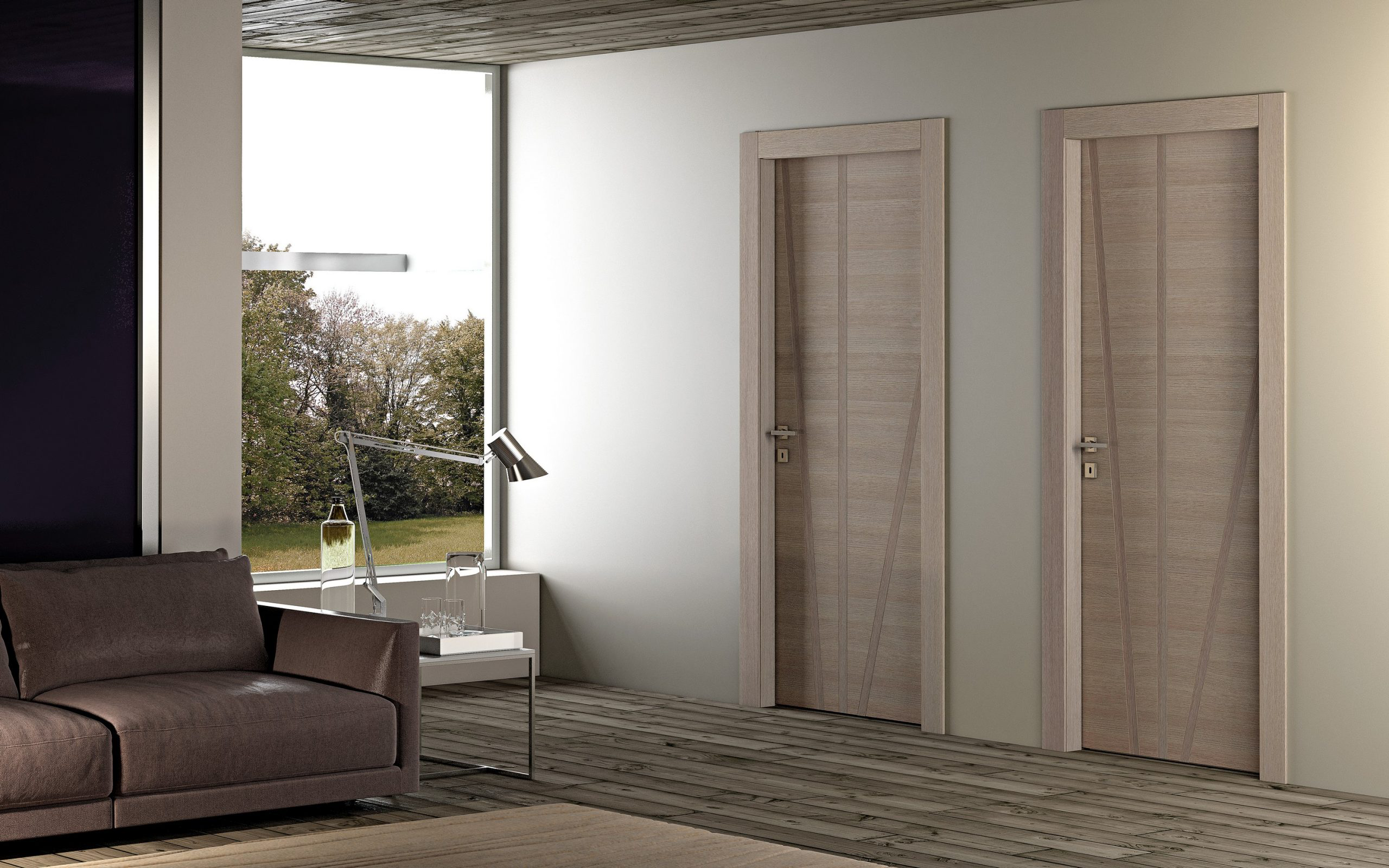
Flush Door in Commercial Settings
Flush doors are not just a popular choice for residential spaces; they are also widely used in commercial settings. From offices to hotels and retail spaces, flush doors offer numerous benefits, making them the ideal solution for many businesses. Let’s explore why flush doors are so commonly chosen for commercial applications and how they benefit businesses in different industries.
Why Businesses Choose Flush Door?
Businesses opt for flush doors for several practical reasons, from aesthetics to functionality. These doors provide a combination of durability, security, and versatility that meets the demands of high-traffic environments.
1. Professional and Clean Aesthetic
One of the key reasons businesses choose flush doors is their simple, sleek design. In commercial spaces, the first impression matters, and flush doors provide a modern, professional appearance that fits well with contemporary office, hotel, or retail designs. Their clean lines create an uncluttered, stylish, and functional look, making them ideal for spaces where minimalism is valued.
2. Durability and Low Maintenance
Commercial spaces experience high foot traffic, and businesses need doors that can withstand wear and tear. Flush doors, particularly those made from materials like MDF or metal, are durable and resistant to damage. They’re easy to clean and maintain, essential in busy environments. The smooth surface of a flush door means there are no intricate details to trap dirt or grime, making cleaning much quicker and easier.
3. Cost-Effectiveness
Flush doors offer excellent value for money. They are relatively inexpensive compared to more decorative door types, but they still provide the durability and performance that businesses need. Whether outfitting a new office or renovating a retail space, flush doors offer an affordable solution without sacrificing quality or style. Businesses can install high-quality flush doors in bulk without breaking the budget.
4. Sound Insulation and Privacy
It’s important to maintain privacy and minimize noise disruptions in commercial settings. Flush doors, excellent core options, provide excellent sound insulation, making them ideal for offices and conference rooms where privacy is essential. A flush door’s solid core helps reduce sound transmission between rooms, creating a quieter and more focused work environment.
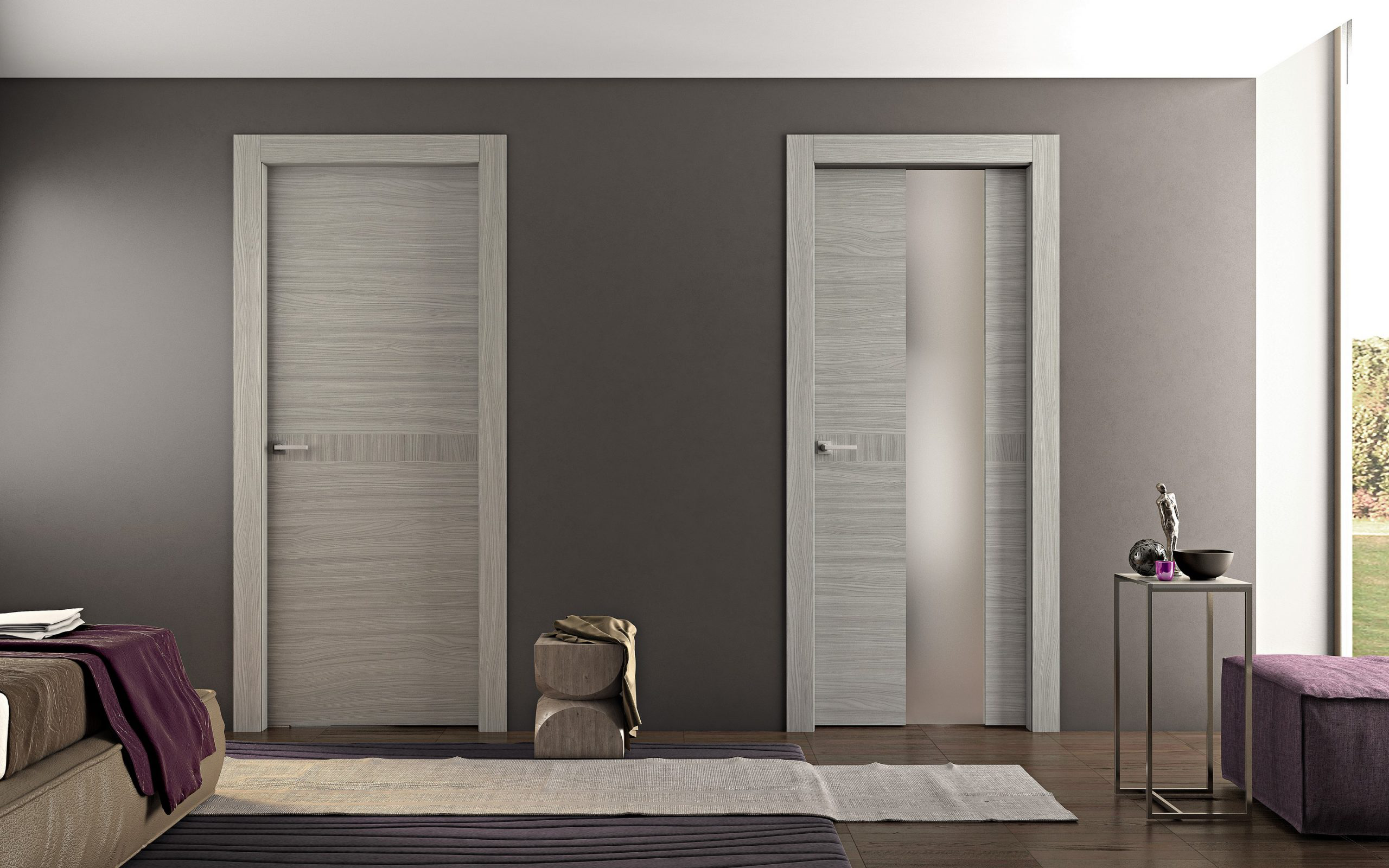
The Benefits of Flush Doors for Offices, Hotels, and Retail Spaces
Flush doors offer a range of benefits tailored to the specific needs of various commercial spaces. Whether it’s for an office, a hotel, or a retail environment, flush doors can enhance the function and appearance of the space.
1. Benefits for Offices
Flush doors in an office contribute to a clean, professional atmosphere. Their simple design works well in modern office layouts, creating a consistent and polished look. In addition, flush doors with solid cores are ideal for maintaining privacy and reducing noise between offices, meeting rooms, and common areas. This is especially important for businesses where confidentiality is key, such as law firms or financial offices.
Flush doors also provide great flexibility in design. Whether the office is open-plan or partitioned, flush doors can be customized with different finishes, from wood veneer to sleek paint, to match the overall decor. These doors can also be fitted with modern hardware, like smart locks, for added security in offices with restricted access.
2. Benefits for Hotels
In the hospitality industry, flush doors are popular for hotel rooms and public spaces. Their sleek and elegant design adds a touch of luxury to hotel rooms without overwhelming the decor. Since hotels often deal with high volumes of guests, flush doors are designed to withstand constant use while maintaining their appearance.
Solid core flush doors are commonly used in hotel rooms to enhance soundproofing. Guests expect a peaceful and quiet environment during their stay, and flush doors help achieve that by minimizing noise from the hallway and other rooms. These doors are also easy to maintain, which is a huge benefit for hotel management teams tasked with keeping guest rooms and common areas looking pristine.
3. Benefits for Retail Spaces
Flush doors are ideal for retail spaces because of their clean, uniform look, which blends well with the design of stores, malls, and showrooms. Whether you’re opening a boutique, a large department store, or a shopping center, flush doors provide a sleek entrance that accommodates foot traffic flow. Their minimal design helps create an inviting atmosphere without detracting from the products or displays inside the store.
In retail spaces, flush doors made from metal are often used for security purposes. Metal flush doors provide extra protection against break-ins, which is crucial for stores that carry valuable items. They also offer better durability against wear and tear, ensuring the door can handle the high foot traffic typical of retail environments. Plus, these doors are available in various finishes to match the store’s design and branding.
4. Versatility for Commercial Interiors
One of the benefits of flush doors in commercial settings is their versatility. Whether you need a door for a bathroom, break room, or employee office, flush doors can be adapted to fit various needs. The wide range of materials and finishes allows businesses to create a cohesive look throughout the building, from the entryway to the back offices. Flush doors are easily customized with features like fire ratings, glass panels, or enhanced security features.
Conclusion: Are Flat Doors the Right Choice for You?
Flush doors are a versatile and practical option for both homes and businesses. Their sleek design, durability, and ease of maintenance make them a top choice for anyone looking to enhance the look and functionality of their space. Whether you’re renovating your home, designing a modern office, or outfitting a commercial building, flush doors offer a combination of benefits that are hard to beat.
Summary of Why Flush Doors are a Top Choice for Homes and Businesses
Let’s quickly review why flat doors might be the perfect addition to your home or office:
1. Sleek, Modern Design
Flush doors are known for their clean, minimalist appearance. This makes them perfect for contemporary interiors, whether for a home, office, or commercial space. Their smooth, flat surface blends seamlessly with various styles, from traditional to modern, adding a professional touch without overpowering the room.
2. Durability and Low Maintenance
One of the standout benefits of flush doors is their durability. Made from materials like wood, MDF, or metal, flush doors are built to last. They’re resistant to wear and tear, and their smooth surface makes them easy to clean and maintain. Whether dealing with high-traffic areas at home or a bustling business environment, flush doors can withstand constant use without losing their charm.
3. Versatility for Different Spaces
Flush doors are incredibly versatile, making them suitable for various applications. Whether you’re using them in a bedroom, office, retail store, or hotel, flush doors fit effortlessly into any space. With options available in different materials and finishes, you can customize them to suit your needs. Plus, flush doors can be adapted with additional features like soundproofing, fire ratings, or security enhancements, making them even more versatile for specific environments.
4. Energy Efficiency and Privacy
Flush doors are designed with solid cores or tightly sealed edges, making them energy-efficient and great at soundproofing. This ensures that rooms stay comfortable year-round and helps reduce noise from adjacent spaces. This can contribute to a quieter, more productive environment in a business setting. At home, it ensures privacy and a peaceful living space.
5. Cost-Effectiveness
Finally, flush doors are a cost-effective solution. They offer excellent value for money, combining affordability with high quality and functionality. Whether you’re outfitting a home, office, or commercial building, flush doors deliver a modern, high-performance option at a reasonable price.
Summary
In conclusion, flush doors are a practical, stylish, and durable choice for residential and commercial use. Their sleek design, easy maintenance, and versatility make them a smart investment for any space. Whether upgrading your home, building a new office, or designing a commercial property, flush doors are a top choice, combining form and function effortlessly.
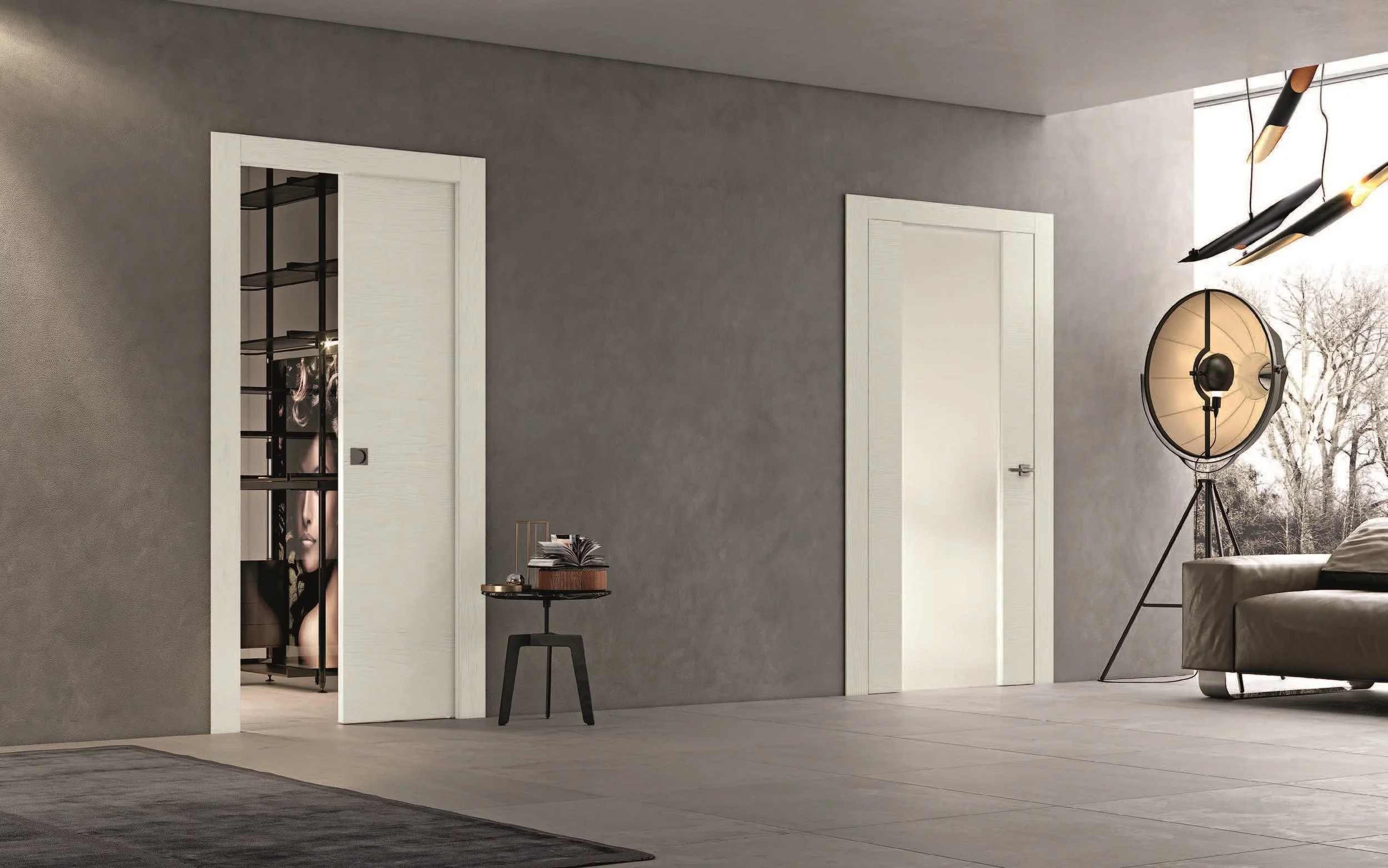
Relate FAQ
What is a flush door?
A flush door is a simple, flat door made from solid or hollow core materials, typically surrounded by a wooden frame. It features a smooth, flat surface without raised panels, carvings, or designs. Flush doors are known for their minimalist aesthetic, durability, and versatility, and are often used in residential and commercial settings.
How do flush doors differ from panel doors?
Flush doors differ from panel doors in their construction and appearance. While panel doors feature individual panels and may have intricate designs, flush doors have a smooth, flat surface without any panels. Flush doors are typically more modern and sleek, while panels often carry a more traditional or classic look.
Are flush doors strong and durable?
Yes, flush doors are highly durable, especially those with a solid core. Solid core flush doors provide excellent sound insulation and are more resistant to wear and damage than hollow core doors. The material quality of the door core also plays a significant role in its overall strength.
What materials are flush doors made of?
Flush doors are commonly made from the following materials:
- Wood: Solid wood for durability or engineered wood like MDF (Medium Density Fiberboard) for affordability and consistency.
- Hollow Core: A lightweight option often used for interior doors, with a honeycomb cardboard or polystyrene core for insulation.
- Solid Core: A heavier, more robust option that offers better soundproofing and sturdiness.
Where are flush doors commonly used?
Flush doors are versatile and can be used in various settings. They are commonly installed in residential homes, office buildings, and public spaces. Due to their modern appearance and sturdy construction, flush doors are often used in bedrooms, bathrooms, living rooms, and corridors.
What are the benefits of choosing a flush door?
- Minimalist Design: Flush doors have a sleek, simple look that fits well with modern interiors.
- Versatility: They can be customized to match various architectural styles and finishes.
- Durability: Solid core options offer strength, soundproofing, and increased longevity.
- Easy Maintenance: Their smooth surface is easier to clean and maintain than panel doors.

